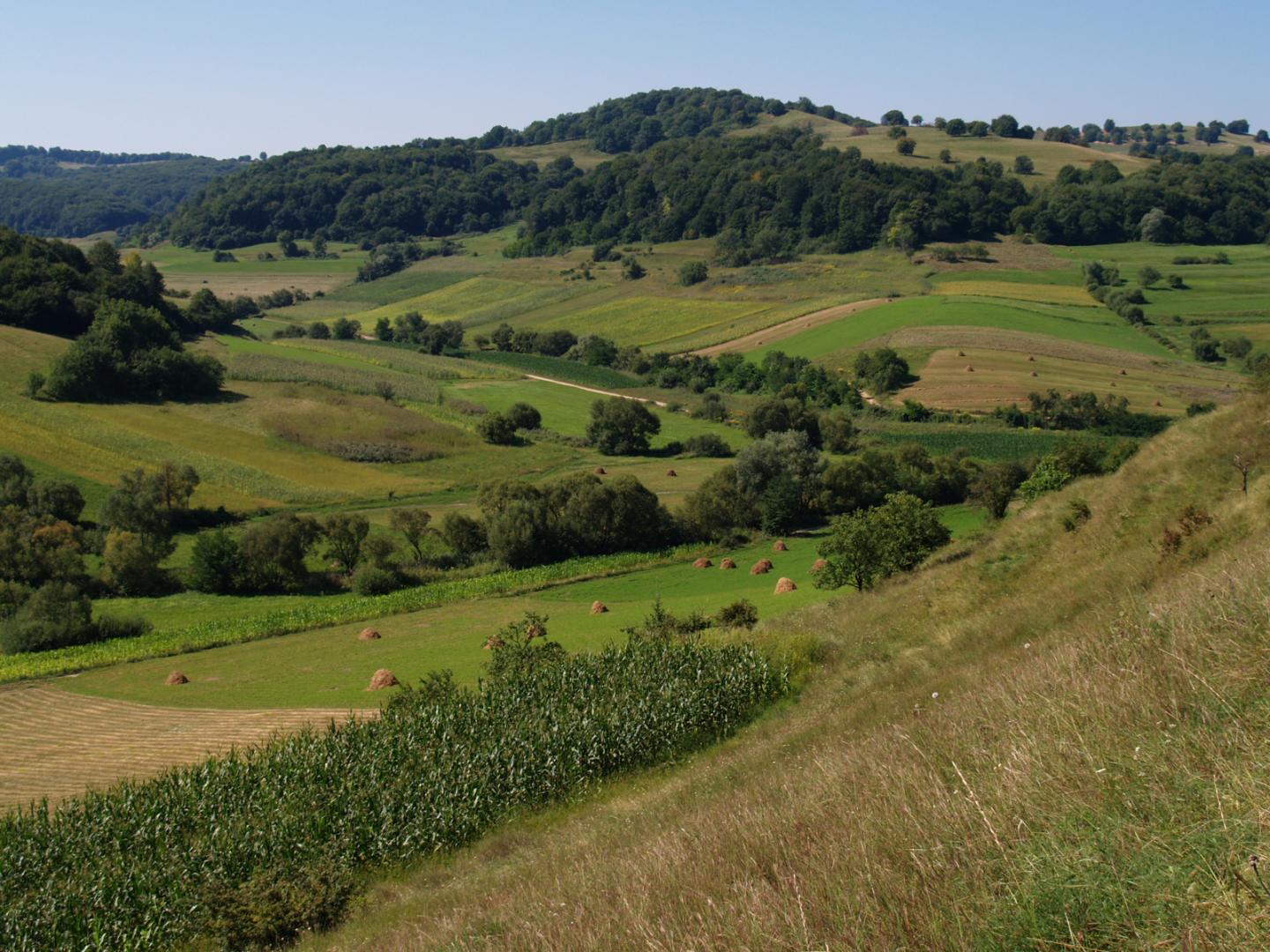Agricultural ecologists at the University of Göttingen call for joined-up thinking for nature conservation

Credit: Laura Sutcliffe
In nature conservation and agriculture, there are two opposing views of how to combine high biodiversity and sustainable food production: nature conservation should either be integrated into agricultural land, or segregated into protected areas in order to enable maximum yields in the food production areas. Researchers at the University of Göttingen advocate coordinated approaches that combine nature conservation and agricultural production in sustainably managed landscapes. The results have been published in the journal People and Nature.
“Many researchers argue that agricultural production on existing land should be intensified to increase yields while reducing agricultural pressure on the last areas of wilderness. This approach is being pursued primarily in tropical countries,” explains Dr Ingo Grass from the Division of Agroecology at the University of Göttingen, first author of the study. “However, biodiversity and agriculture are often closely intertwined and many species are also beneficial to the farmer. In the agricultural landscapes of Europe, many species worth protecting have adapted to extensively cultivated habitats. These species are threatened by increasing agricultural intensification,” adds Professor Teja Tscharntke, Head of Division.
In their interdisciplinary study, the researchers argue for a stronger integration of these two contrasting viewpoints. “Modern and sustainable agricultural landscapes require protected areas and high-yield food-production areas, untouched habitats as well as extensively farmed areas. This combination not only enables the highest species diversity, but also promotes ecosystem services such as pollination and biological pest control by insects and farmland birds. These are essential for sustainable agricultural production,” says Grass. According to the authors, the various landscape elements and habitats should be connected by hedges or strips of land in order to create maximum biodiversity and benefits to people.
###
Original publication: Grass, I. et al. Land-sharing/-sparing connectivity landscapes for ecosystem services and biodiversity conservation. People and Nature (2019). Doi: https:/
Contact:
Dr Ingo Grass
University of Göttingen
Department of Crop Sciences – Agroecology
Grisebachstraße 6, 37073 Göttingen
Email: [email protected]
Professor Teja Tscharntke
University of Göttingen
Department of Crop Sciences – Agroecology
Email: [email protected]
https:/
Media Contact
Melissa Sollich
[email protected]
Original Source
https:/
Related Journal Article
http://dx.




